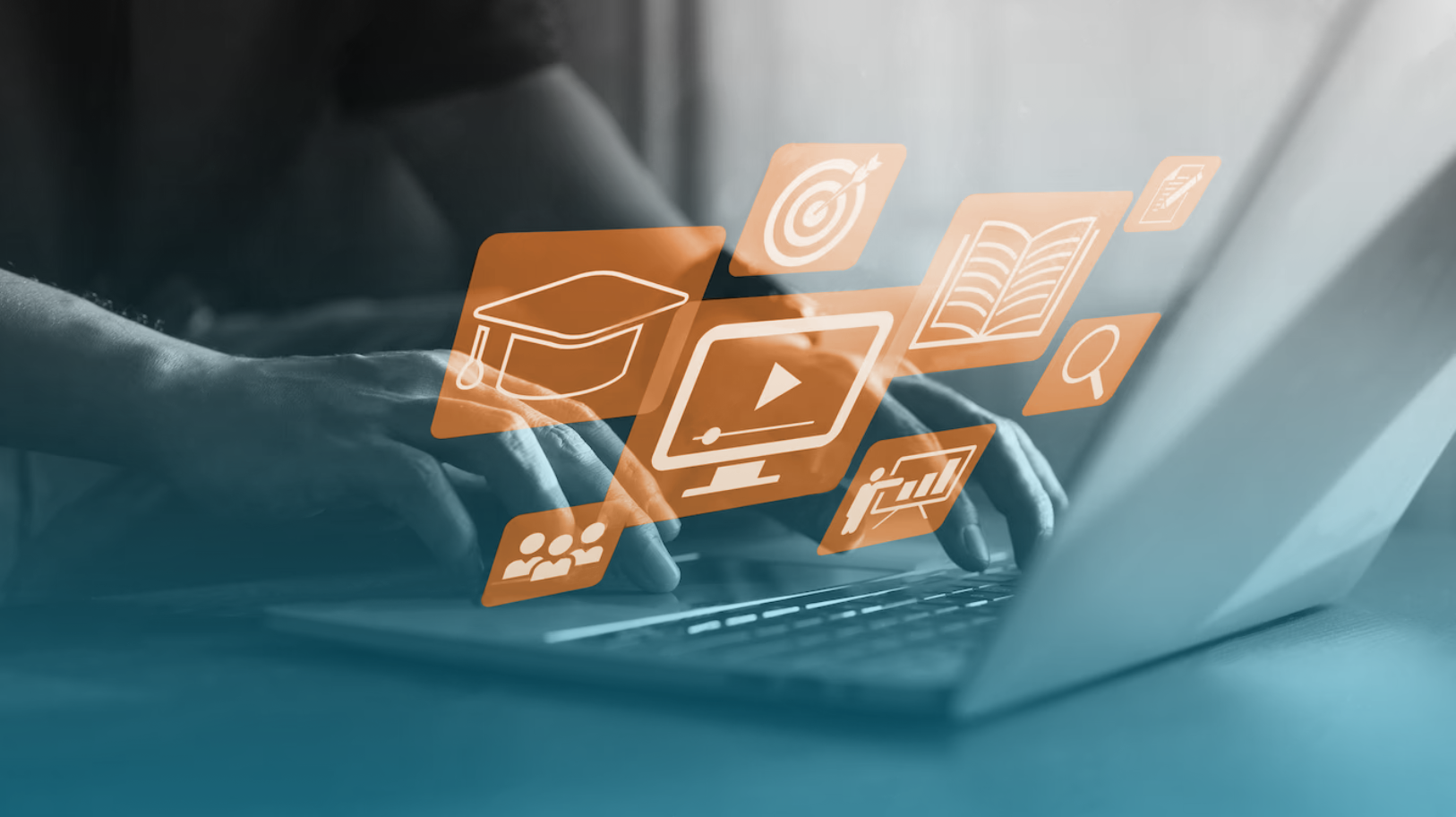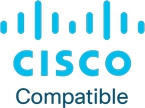
The technical and technological advancements of the past 20 years have brought the use of digital devices and internet-based software solutions to the fore in education too. The advent of these technologies and more recently covid have revolutionized the industry.
The role of distance learning - especially in higher education and vocational training - has grown exponentially due to the significant spread of broadband networks, high-quality and high-compression media coding algorithms and target hardware. In 2020 the educational environment has transferred globally from the classrooms to an online space and switching to digital education has led to a radical increase considering the proportion of online classes, lectures and courses across the entire educational vertical.
Revolutionize Learning Experience via Recording
Capturing curriculum will provide both students and lecturers with the following:
- replay lectures
- quality evaluation of online courses
- monitor students’ participation rate
- gain valuable insights into school processes and use data to evolve
- transcript recordings and generate notes
The Challenge - Simultaneous Recording of Webex, Zoom and MS Teams
Nowadays it is critical for students and for working individuals participating in distance learning programs or MOOCs in general, that courses are recorded and available online after class.
However, the rudimentary recording functions of commonly popular video conferencing systems (Microsoft Teams, Google Meet, Cisco WebEx, Zoom) are not able to completely fulfill the aforementioned needs due to the following:
- Recording can be scheduled to an extent, therefore record generation usually depends on the lecturer.
- Recorded media files can only be managed manually.
- Post-processing options of recorded materials (e.g. transcribing) are limited.
- Centralized sharing of recorded lectures is not fully possible due to the absence of built-in sharing platforms.
These systems can only record their own video conferences. If an institution uses several systems, the difference of the recorded file formats can cause unnecessary difficulties. All the above reduces workflow efficiency, furthermore the lack of a separate sharing server makes the publication and the update of recorded interactions more demanding.
The Solution

CARIN LectureCorder is a centralized and vendor-independent media recorder, transcriber and sharing application that fully meets the aforementioned demands of synchronous distance learning. It provides a complete and sophisticated solution from beginning to end, including organizing, execution and post-processing.
Software Components of CARIN LectureCorder:
Organizer Module
The Organizer module contributes to the delegated organizer’s efficiency by facilitating the process of associating the audience with the lecturer and the tools and resources necessary for online presentation. The automated organizing platform of Outlook integrated with the CARIN system can optimize efficiency and the overall workflow.
Recording Module
A recorder is an IT solution that can be connected with various video conferencing systems commonly used in higher education, such as Microsoft Teams, Zoom or Cisco WebEx, by recording the interaction between the presenter and the participants while also recording the additional media shared during the online lecture, for example background projections, PowerPoint presentations or even handwritten texts and any kind of image or document.
Sharing Module
The sharing function provides secure access to recorded materials that the audience is entitled to review or download and export via a controlled and interactive environment. Shared recordings are edited materials, which contain searchable and interactive inserts and are also suitable for subsequent offline group learning sessions. The CARIN Publishing Server provides a secure and traceable way to share recorded interactions among various members of the organization via a simplified easy-to-use web interface.
Processing Module
During the processing of the recorded media, it is necessary to put the received media channels together in a way that is the most optimal for the audience while working with the recorded material later. CARIN’s state-of-the-art, automated multi-transcoding feature makes this possible via transcription and making recordings downloadable. Research results have shown that audience engagement is much more intense if they not only see static content but also have the opportunity to participate interactively in the lectures. With post-process features such as emotion detection and transcription generation, the utilization of data - just as in case of call centers - can greatly contribute to future developments and workforce optimization.





